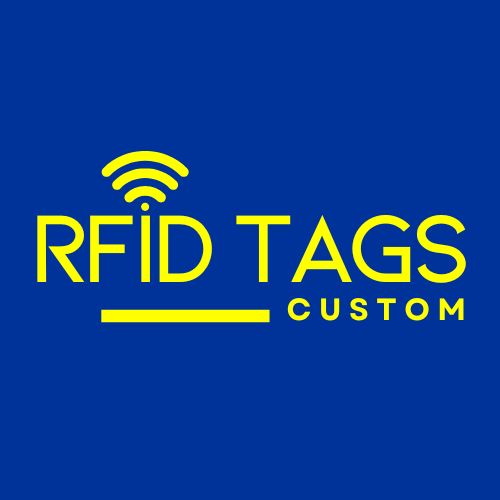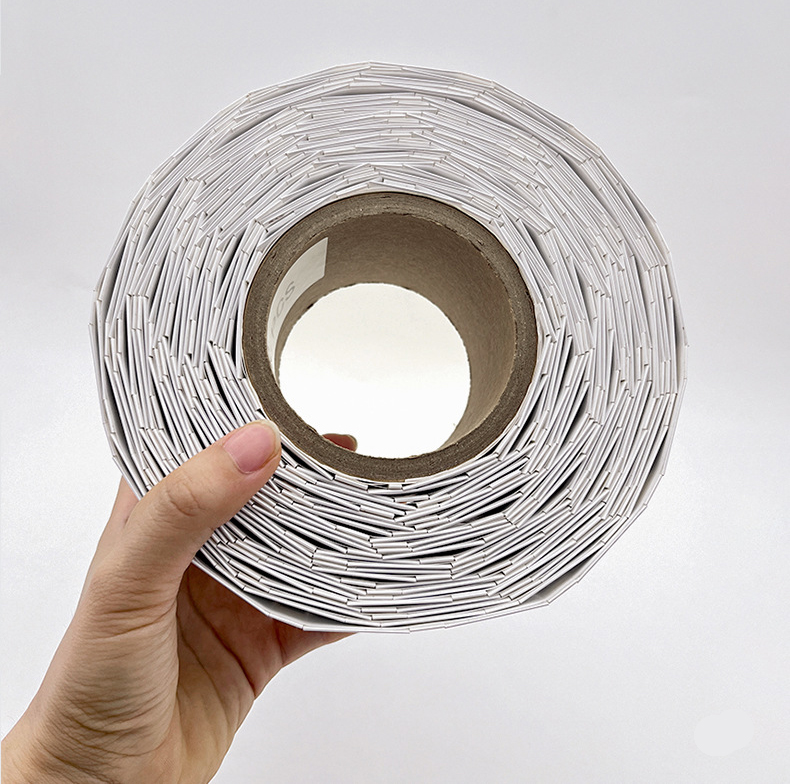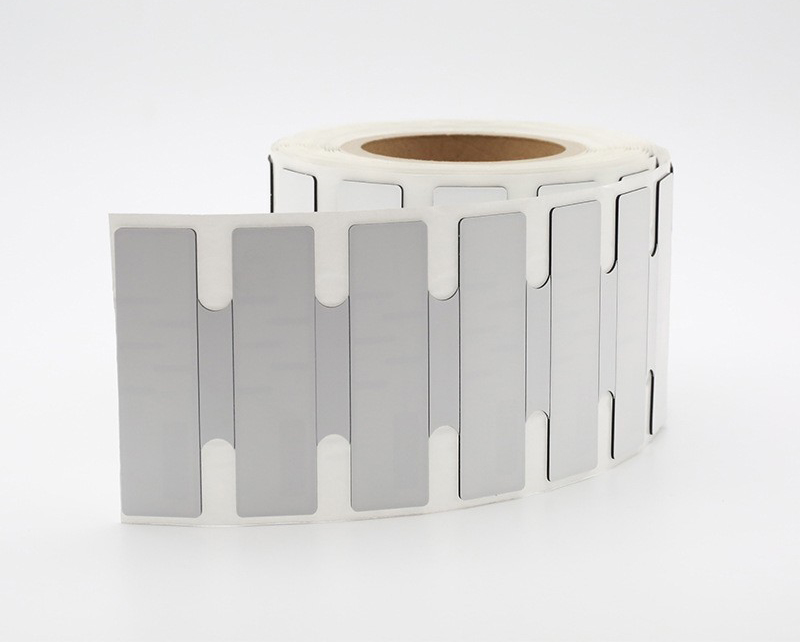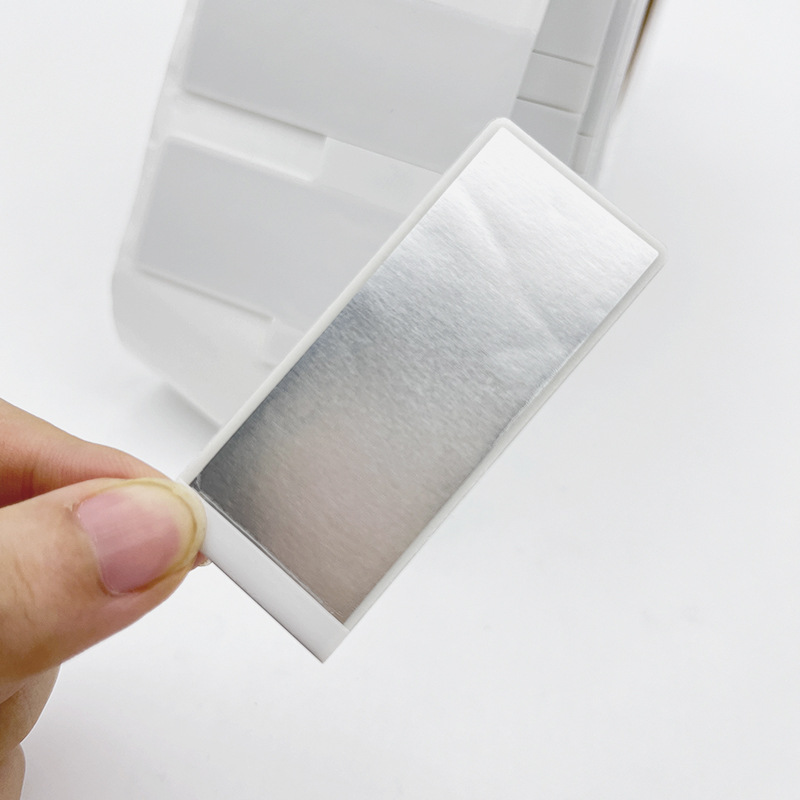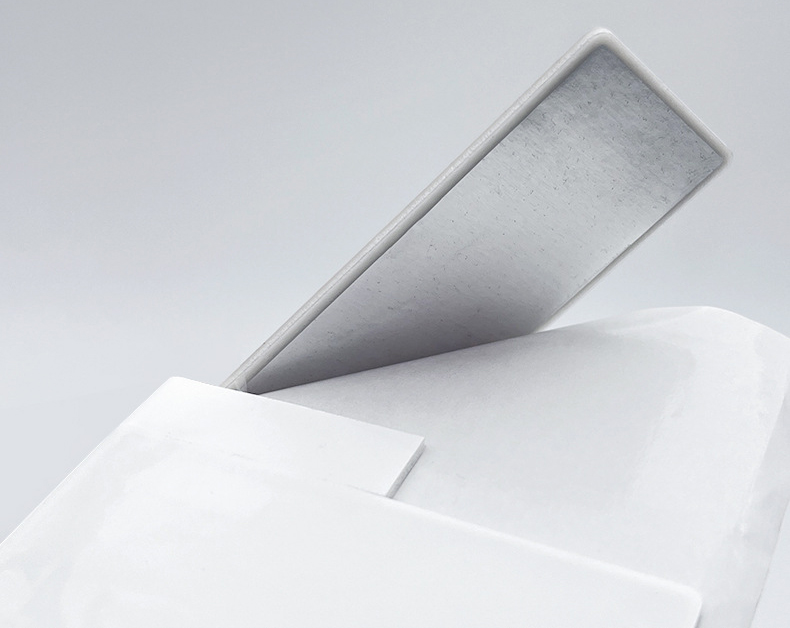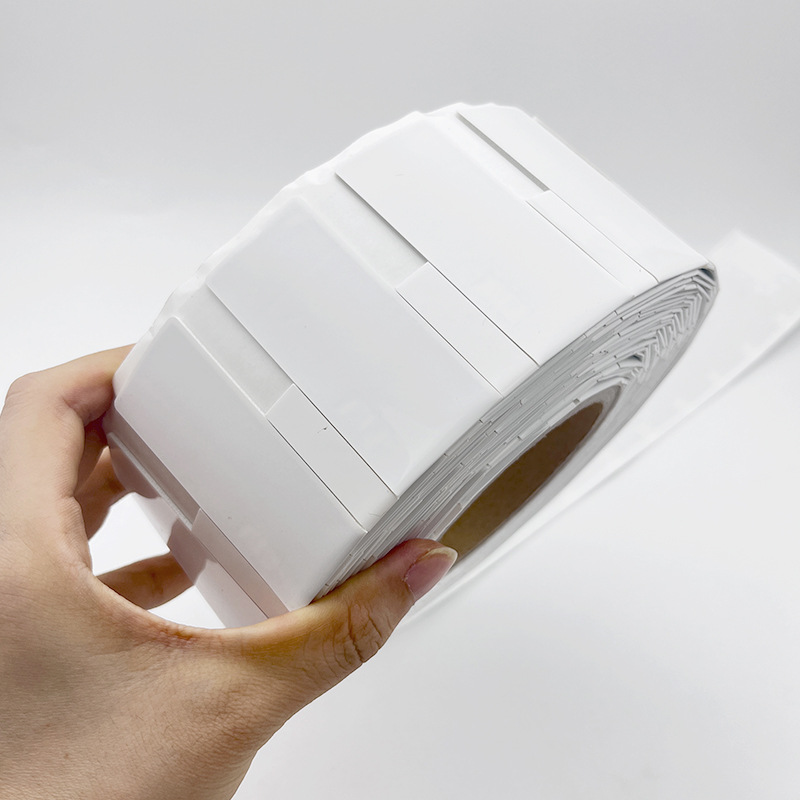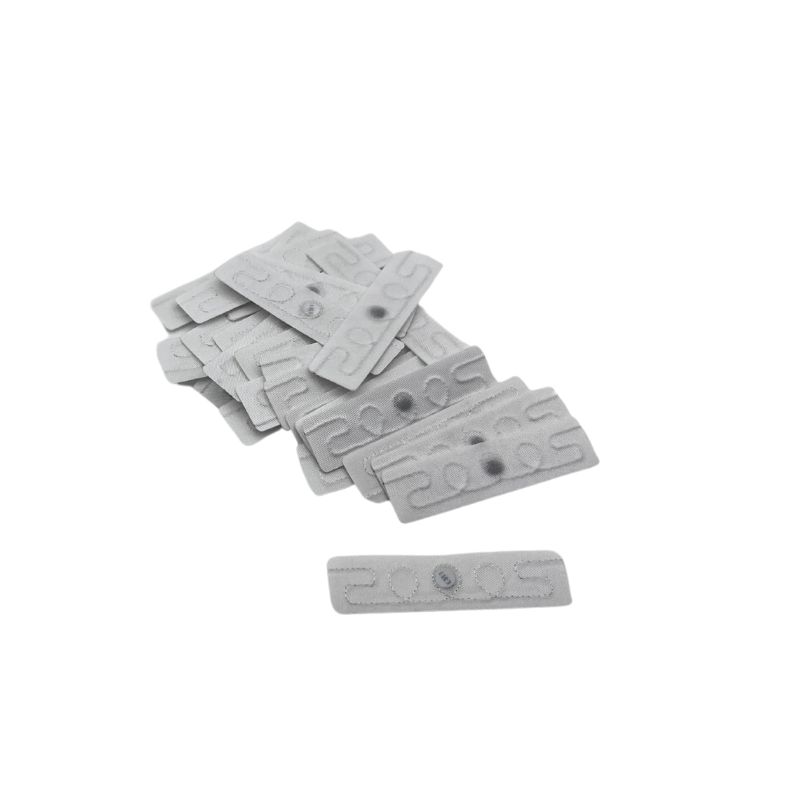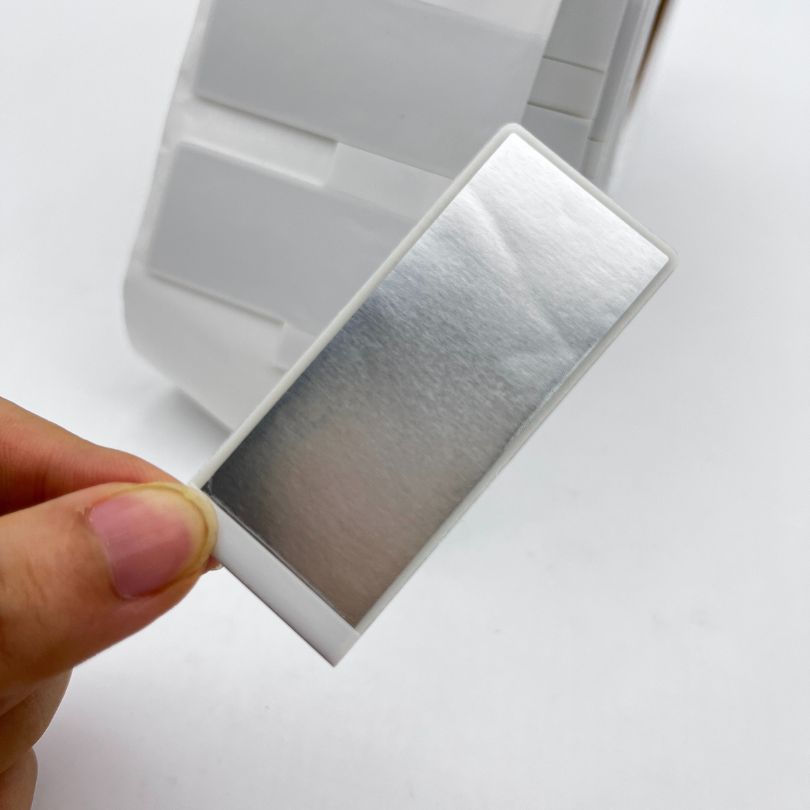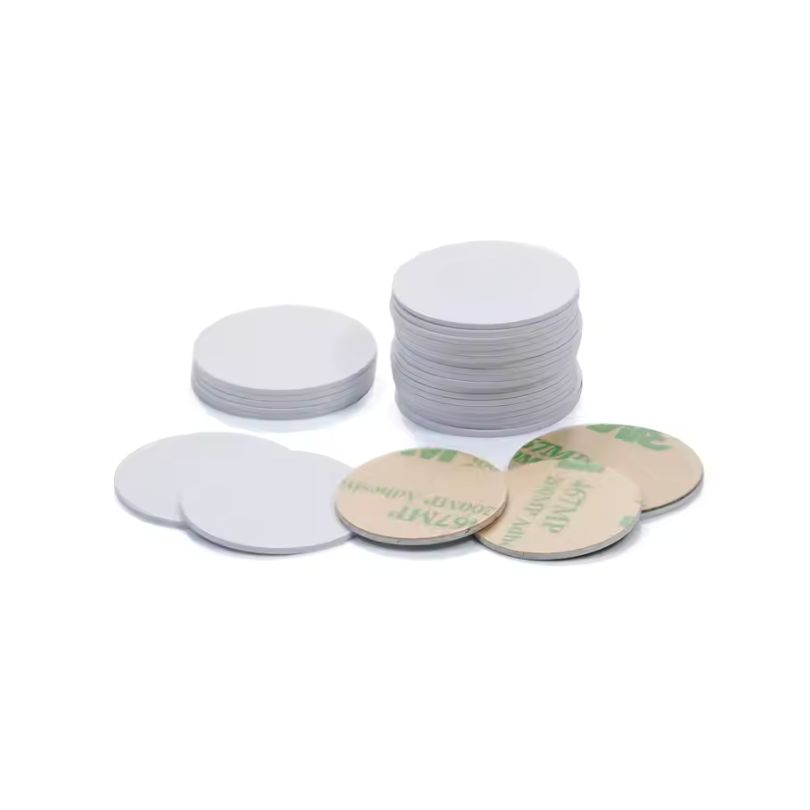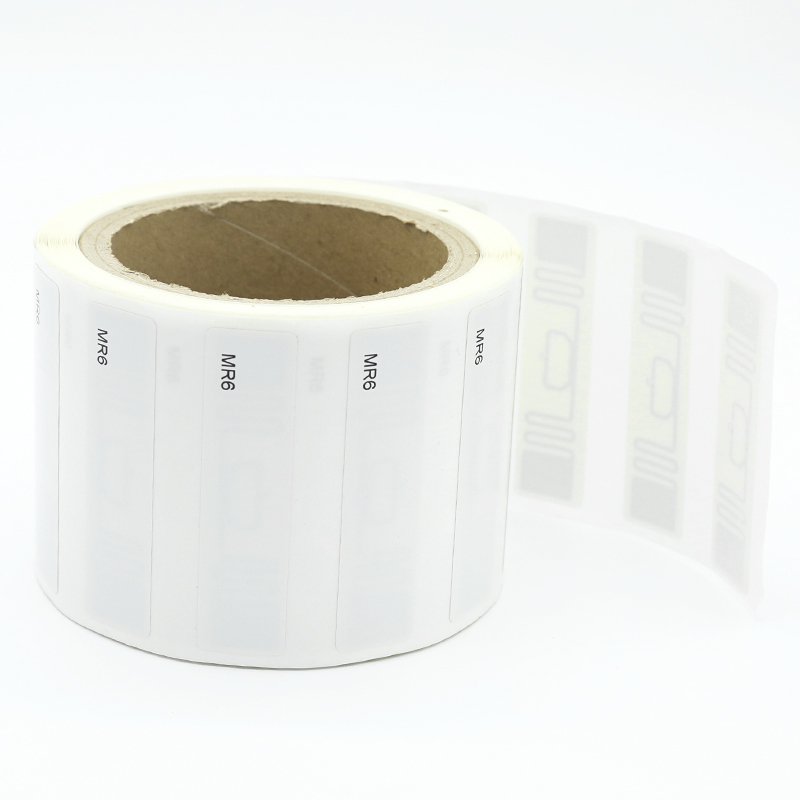
Boost Efficiency with UHF Passive RFID tags Anti-metal Tags
Boost Efficiency with UHF Passive RFID Tags – Anti‑Metal Sticker Tags
Meet our cutting‑edge UHF Passive RFID tags—specifically engineered as anti‑metal RFID tags—to revolutionize asset tracking and inventory control. These UHF passive RFID tags reliably transmit data even on metal surfaces, slashing errors and boosting operations. Perfect for warehouses, manufacturing, logistics, healthcare, and more.
Key Features
- Reliable anti‑metal performance: Specifically designed UHF Passive RFID Tags that overcomes metal interference.
- Battery‑free passive tech: These UHF passive RFID tags harvest energy from readers—maintenance‑free and cost‑efficient.
- Long read range: Up to 12 meters, ideal for large‑scale tracking environments.
- Global compatibility: UHF Gen2 / ISO 18000‑6C, covers 860–960 MHz.
- Robust construction: Waterproof, chemical‑resistant, and operate in –20 °C to +70 °C.
- Custom options: Choose chip types (Impinj, NXP), memory sizes, printing, encoding, shapes, adhesive types.
Real‑World Case Study
A logistics provider deployed UHF passive RFID tags on metal pallets across a distribution center. With the switch, scan accuracy jumped from 78% to 98%, inventory audit speed tripled, and manual counting dropped by 85%.
Technical Details of UHF Passive RFID Tags
| Spec | Details |
| Frequency | 860–960 MHz (UHF) |
| Protocol | Gen2 / ISO 18000‑6C |
| Chip Options | Impinj Monza 4QT, R6, NXP UCODE 8, and more |
| Read Range | Up to 12 m (reader‑dependent) |
| Material & Adhesive | PET or paper with strong metal adhesive |
| Temperature | –20 °C to +70 °C |
| Data Retention | ≥ 10 years |
| Environmental | Waterproof, chemical durable |
Applications of UHF Passive RFID Tags
- Asset tracking on metal tools, machinery
- Metal cylinder/pipe management
- IT & server rack tagging
- Automotive parts inventory
- Healthcare instruments
- Returnable transport items (RTI)
- Industrial manufacturing workflow
Why Choose Us?
- Expertise in UHF Passive RFID tags and anti‑metal designs
- End‑to‑end service: from prototyping to mass production
- Customization: chips, adhesives, printing, serialization
- Top durability: built for industrial, harsh environments
- Cost savings: passive tags = no battery replacements
- Prompt support and quick sample delivery
Ready to enhance your tracking system?
FAQ
How many times can I scan a UHF passive RFID tag?
Passive tags are designed for unlimited reads and writes throughout their lifespan.
Can these anti metal RFID tags be used outdoors?
Absolutely. They withstand –20 °C to +70 °C and resist water and chemicals, suited for outdoor industrial use.
Will they work with my existing reader?
Yes. They conform to UHF Gen2/ISO 18000‑6C, compatible with most global UHF RFID systems.
Do you offer encoding or logo printing?
Yes. We provide custom printing, barcode or serial number encoding, and die‑cut shapes.
What’s the lead time for production?
Sample packs ship within days; bulk orders typically ship in 2–4 weeks depending on customization.
Get Your Custom RFID Tags
As a leading custom RFID tag manufacturer, we craft solutions based on the unique needs of your operation. We offer a wide range of customization options, including material, size, frequency, encoding, and read distance, ensuring each RFID Tag is perfectly customized to your requirements. No matter what application you use RFID tags for, we can provide rugged, reliable RFID tags that meet the highest quality and durability standards. Here are the main ways we customize RFID tags to fit your needs.

Material Selection
Material is key for customizing RFID tags. Plastic works in harsh conditions, while softer materials suit delicate spaces. Different materials also affect signal performance. Pick what fits your use case to ensure your tags last and work reliably.

Customized Size
Size shapes usability. Small tags fit tight spaces or tiny items, while larger tags are easily read. In crowded areas, sleek tags prevent clashes. Align shape and dimension with your goods for visibility, convenience, and performance.

Frequency Requirements
Choose LF, HF, or UHF based on read range, speed, and interference. LF and HF resist metals and liquids but have shorter ranges. UHF offers an extended range yet may face signal blocks. Match frequency to your environment for reliable performance.

Reading Distance
Define the distance at which you have to read the tag. Short distances work for retail checkouts, while warehouses may need meters of coverage. Antenna design, reader settings, and power outputs affect range.Adjust these factors to capture data accurately at the distance you need.

Encode
Plan how data is stored on each tag. Some only hold an ID, while others contain detailed info. Decide if you need a simple EPC or added user memory. Ensure your chosen format works with existing software. Proper encoding streamlines processes and slashes errors.

Application Environment
Consider real-world conditions. Temperature swings, humidity, and chemicals can degrade tags. For outdoor use, opt for UV-resistant casings. In healthcare or food settings, ensure compliance with safety rules. Matching your tags to the environment maximizes their lifespan.
Related Products
Customize any RFID tags from our factory to meet your requirements.
